Math Literacy Strategies
Below are strategies posts related to Math Literacy.
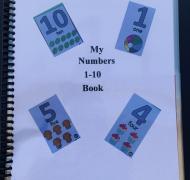 |
Creating a Numbers Book for a Student with Low VisionThis numbers book was created for a student with low vision who is working on number recognition. |
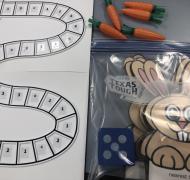 |
Math Game: Rounding (Nemeth and Place Value)The object of this spring-themed board game is to practice rounding numbers in a fun and motivating way. |
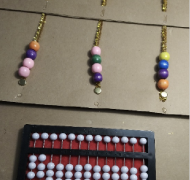 |
Simplified Homemade Abacus for Beginning UsersA TVI created this simplified abacus to help her student understand the basic concept, as well as to practice the fine motor skills involved. |
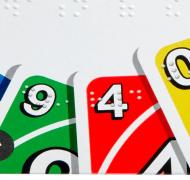 |
Greater Than or Less Than with UNOReinforcing Nemeth skills through virtual instruction during school closures using braille UNO cards with students who are blind or visually impaired |
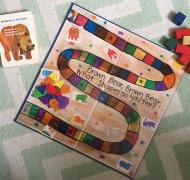 |
Brown Bear, Brown Bear, What Shapes Do You See?This board game gives young children with visual impairments a chance to practice counting, matching, and shape recognition as extensions to the book "Brown Bear, Brown Bear, What Do You See?". |
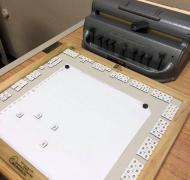 |
Chemistry Braille Trick-of-the-TradeTips to support a braille student to balance chemical equations |
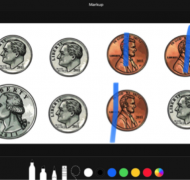 |
Making Worksheets More Accessible to Students with CVIUse an iPad to make worksheets more accessible to students with cortical visual impairment (CVI) and multiple disabilities. |
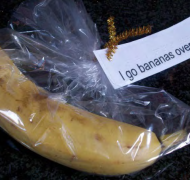 |
Tangible Valentine CardsActivity ideas for making tangible valentines with children who are blind or visually impaired, including those with deafblindness or multiple disabilities |
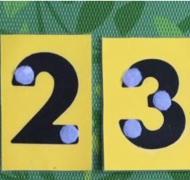 |
Touch Math CardsI made these Touch Math cars for elementary students with visual impairments and additional disabilities to teach numbers and counting. |
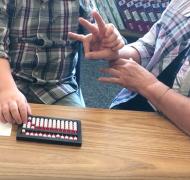 |
Using an Abacus with a Child Who Is DeafblindThese videos demonstrate the use of an abacus to solve addition and subtraction problems with a student who is deafblind with an interpreter using tactile sign, braille, and a teacher. |
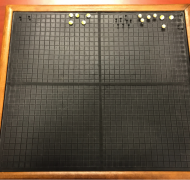 |
Teaching Graphing TransformationsStrategies to teach graphing transformations to students who are blind or visually impaired using a graphing board and push pins to make the graphs accessible |
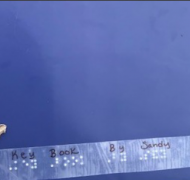 |
Creating a Book that Motivates Children with Additional Disabilities: KeysCreating a book that motivates children who are blind with additional disabilities includes using real objects that a child is interested in such as those that make sounds or have interesting textures |
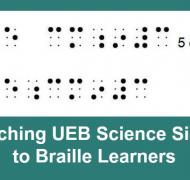 |
Teaching UEB Science Signs to Braille LearnersTips for teaching UEB Science signs to braille learners, including preparing technical materials for science lessons and helping learners understand. |
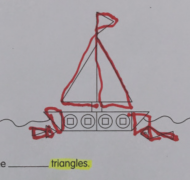 |
Math Modification for CVI, Phase IIITips to modify math worksheets for students with cortical visual impairment, Phase III |
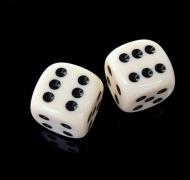 |
Rollin’ with Math ProblemsCreate a simple math board game to give braille students practice reading and writing Nemeth, and practicing math facts. |
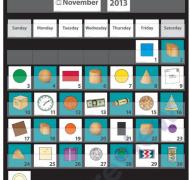 |
Pattern Calendar with 3D Printed ShapesCreate 3D printed shapes for a pattern calendar for students who are blind or visually impaired. |
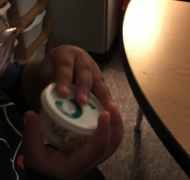 |
Multi-Skill Braille Cell Muffin Tin ActivityThis hands-on activity works on basic concepts and braille readiness skills. |
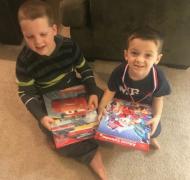 |
Making an Advent Calendar AccessibleMake your Advent calendar accessible to children who are blind or deafblind this Christmas using braille. |
|
|
Kipper's Toybox: Extended Learning ActivitiesExtend learning opportunities for young children with visual impairments with these ideas for Kipper's Toybox. |
|
|
Peace at Last: Extending Learning Opportunities for Math and LiteracyMath and literacy extension activities for "Peace at Last" reinforce emergent skills for young children with visual impairments and other special needs. |
